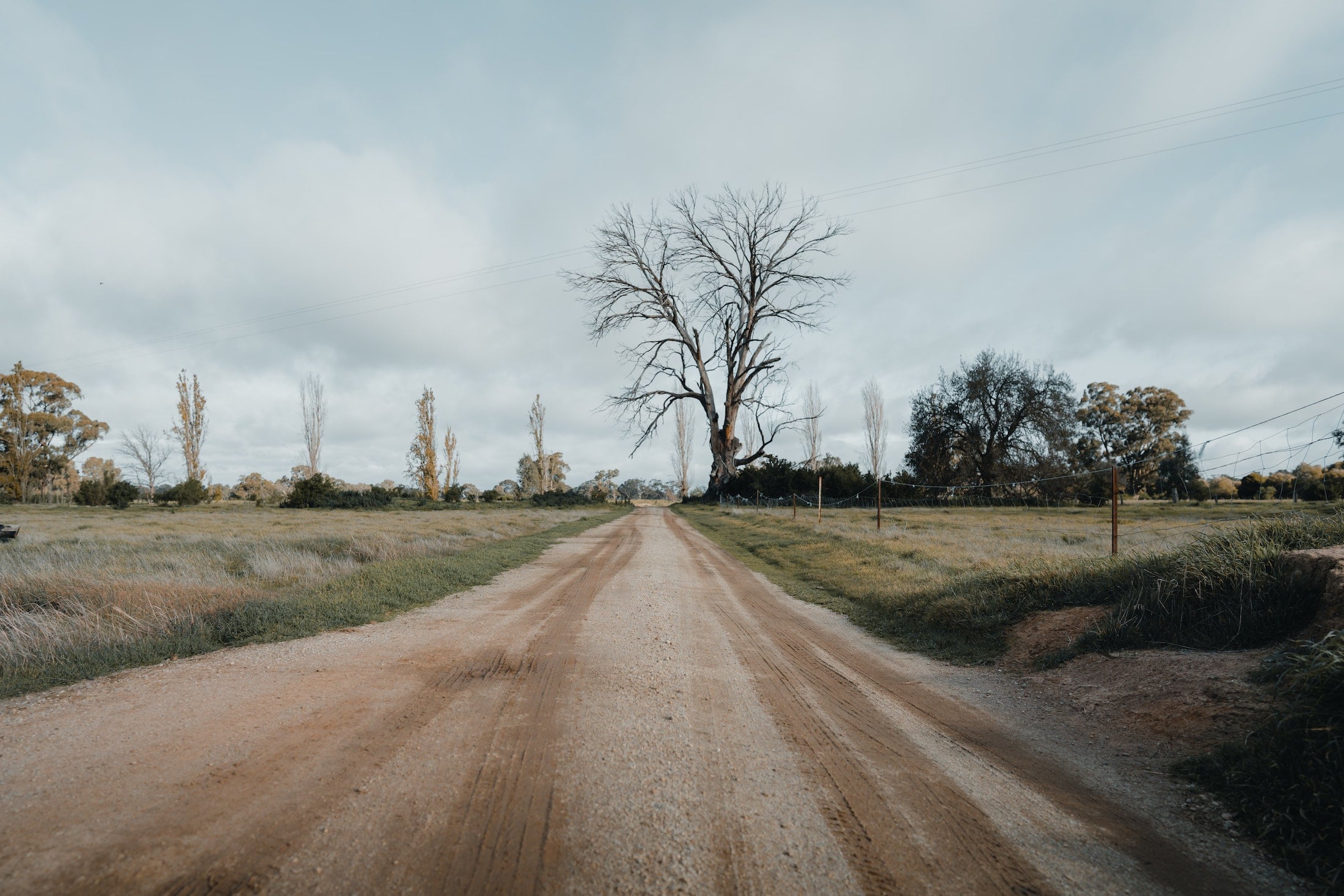While I discussed Australian horror a little in my article on Woodlands Dark and Days Bewitched my experience with Ozzy horror has been Daybreakers (2009, a coproduction between Australia and the US), Lake Mungo (2008), and, obviously The Babadook (2014, which I have a WHOLE BUNCH of stuff to say on so stay tuned for that in a later article) – so far so basic.
Then a wee book caught my eye at my local Waterstones, and, given my penchant for post-9/11 horror literature and my obsession with a quirky and original cover, I had to buy it. That book was Strange Ink by Gary Kemble. Taking a break from movies, how about a journey through Australian horror books?
Strange Ink Synopsis
Strange Ink by Gary Kemble (buy here) is a story about generational trauma, national identity and its symbols, and political corruption; not quite the descriptors that would immediately make you think horror. Harry Hendrick wakes up (I know, I hate books that start with “and they woke up” too, but it’s necessary for this book, promise) with a hangover and a weird tattoo on the back of his neck that he doesn’t remember getting.
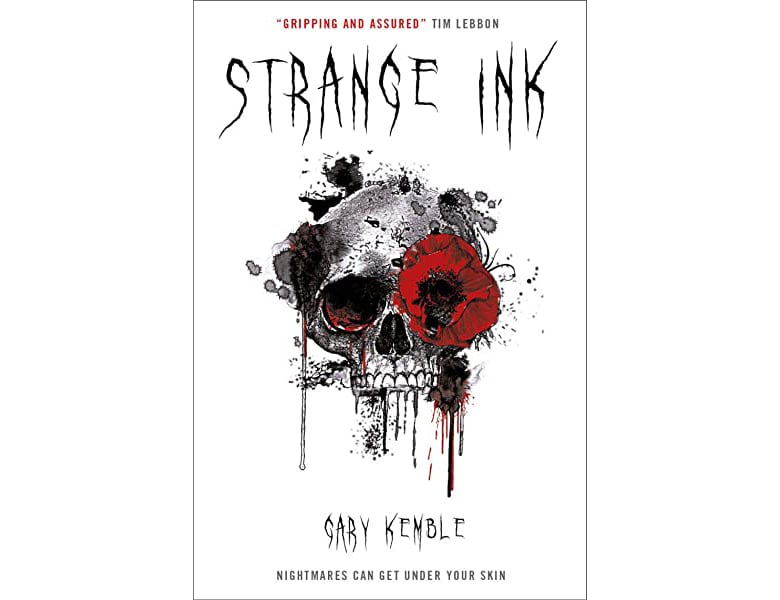
So far so good for a first holiday in Malia, amirite?
Where this book takes a turn, and what hooked me, was that more and more detailed tattoos keep appearing on Hendrick’s body, and with them come strange dreams of terrible tragedies around the Australian military’s involvement in securing her borders and Afghanistan. Hendrick is a reporter, cowed by a past mistake to not fulfil his potential, the dangerous route these tattoos lead him on could change all that…or cost him his life.
And that’s pretty much all I can say without beginning to spoil the book.
Strange Ink by Gary Kemble uses the heat of the natural climate and the urban geography of Brisbane to create a claustrophobic and tight horror thriller despite the wide open spaces that Australia could afford. The political dimension of the story harbours a malicious duplicitousness that may or may not be reflected in the Australian cultural perception of their own politics (though certainly comes across in Kemble’s narrative structure).
Strange Ink and Its Place in the Australian Horror Pantheon
Australia (to me, who is afraid of spiders, snakes, and mullets) is already a land of danger and wonder to most. Its geography is terrifying, huge, and unforgiving. Its wildlife reflects the isolation of the continent in beautiful and twisted ways (I promise I’ll stop with the Australian tourism board spiel in a minute) and its people have a much greater respect for the natural world than many westerners may feel as our geography has to get up extra early to kill us. So why I’ve never thought to consult Australian horror is an omission I can only regret.
While The Babadook redefined what it meant to be a mother in horror, and Daybreakers (cheesy or not) gave us a new take on the vampire lore offered by Twilight and Lake Mungo is widely heralded as one of the best Australian horror films (which I do not agree with at all), Australian horror movies have consistently and unflinchingly renegotiate the parameters of what it means to make a horror film in the 21st century – and with very little applause for doing so – so why shouldn’t their authors be able to achieve the same innovations?
— FOUNDATIONS OF HORROR —
Further explore these subgenres and tropes. more>>
#Historical horror | Foreign Locations are Scary
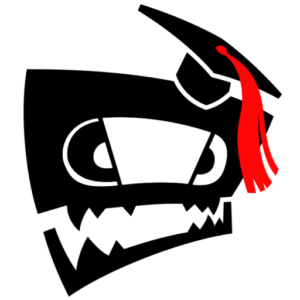
What Strange Ink demonstrates along with its cinematic peers, is a concise introspection of Australians and their place in the world. Kemble deftly navigates Hendrick through Australia’s urban landscapes and the monuments to its heritage (that there appears to be a dearth of) and complicates this view with flashbacks to Australia’s role in the invasion and occupation of Afghanistan.
While this may, at first glance, appear to trivialize the horror aspect of this novel – do not be fooled! This is a horror novel worthy of your time with enough tension and suspense to satiate even the most avid reader’s hunger. It is important though to mention when horror novels do more than just give us a wee fight, we are working with a genre that is often left out of discussions around the cultural importance of literature. So when you see a horror novel that goes above and beyond, shout about it!
Other Horror Books by Australian Writers
Dark Ink by Gary Kemble
I actually had no idea there was a sequel to this novel until I was doing research for this article. While I’m loathed to point out a sequel as it can dissipate some of the tension the first works so hard to create, this new addition to the Ink series appears to be a lot darker than its predecessor (and after you read Strange Ink and get to that scene in the poppy fields, you’ll understand why this is so shocking).
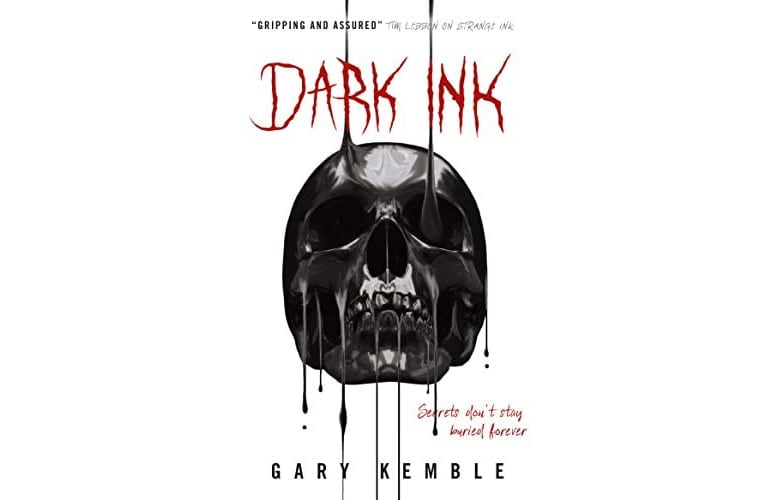
In Sunshine Bright and Darkness Deep by Cameron Trost
A product of the Australian Horror Writers’ Association, this collection promises a balanced overview of horror drawing from Australia’s geography, both urban and rural, and draws on both past and present to weave these tales of terror together.
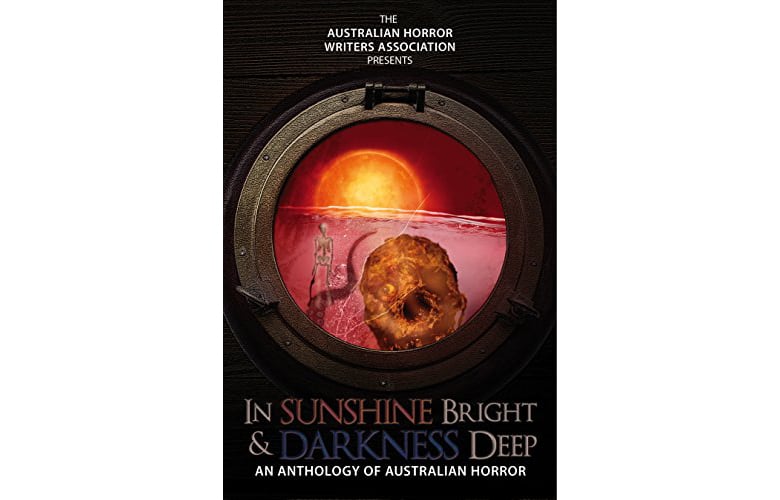
Knock and You Will See Me by Andrew Cull
While I haven’t read this yet myself, it is most definitely skipping a few places on my TBR pile. I mean, come on, how could you not after reading this line:
“We buried Dad in the winter. It wasn’t until the spring that we heard from him again.”
Who is we? And why did they bury him? How did they hear from him again? The blurb promises hand written notes: are there pencils in hell? Erasers? Sharpeners? Or is one of Ellie Ray’s children on the wind up? THE PEOPLE HAVE TO KNOW!
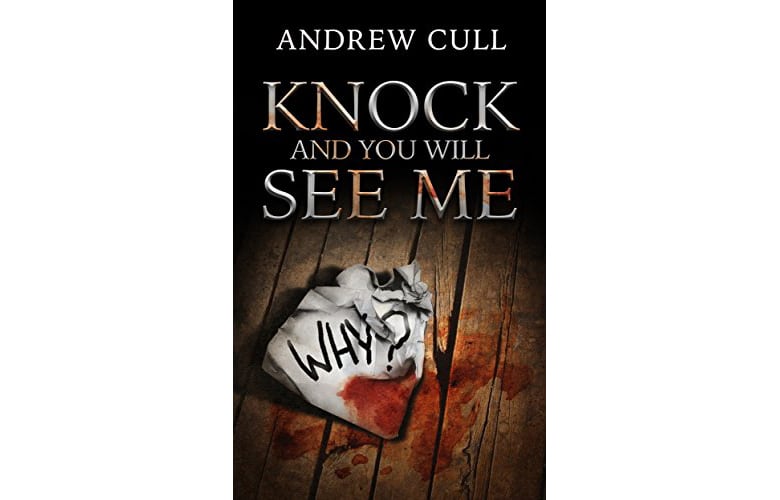
Main Photo by Arun Clarke on Unsplash
Last Updated on December 22, 2022.

